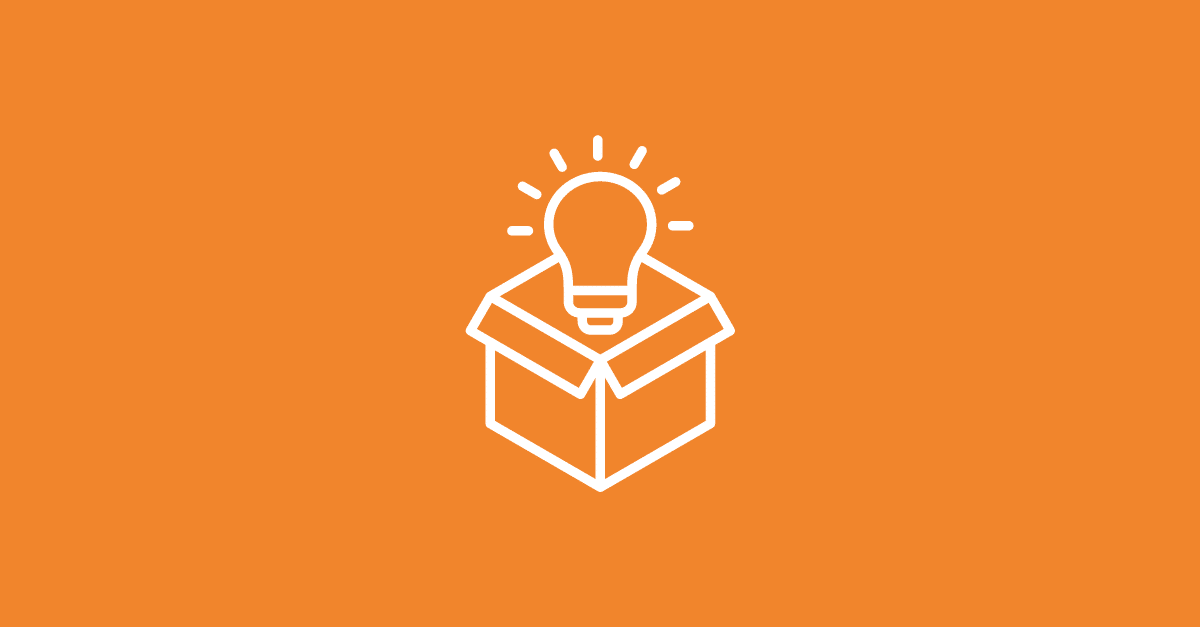Transform Your Business with Product-Led Growth
In the latest episode of the Hot Pursuit Podcast by LeadPost, Roy Harmon spoke with Islin Munisteri, the CRO at Theia Strategies, about Product-Led Growth (PLG). Islin has a unique journey from being a petroleum engineer to founding a revenue operations agency. Her insights on PLG are invaluable for businesses looking to optimize their growth strategies.
Why PLG Works
PLG has gained traction for good reasons. It leverages a self-serve model, similar to e-commerce platforms like Amazon, to put the customer first. Users get a taste of the core product, often through free trials, which reduces customer acquisition costs.
For example, HubSpot’s Growth Starter offers a low-entry price for a CRM that scales as your business grows, eventually incorporating advanced marketing and sales automation tools.
Best-Suited Industries for PLG
While PLG is prevalent in SaaS and tech, its principles can apply to various industries, including FinTech, cybersecurity training, and home services. The approach works well in both B2C and B2B contexts. Initial user trials can pave the way for enterprise-level onboarding, making PLG a versatile strategy for different business models.
Defining Your Ideal Customer
Understanding your Ideal Customer Profile (ICP) is crucial for PLG success. Analyze your first set of customers to identify common traits and refine your ICP. This customer-centric approach helps tailor product features and enhancements to solve specific issues, ultimately improving user satisfaction and retention.
The Importance of a Feedback Loop
A continuous feedback loop is essential in a PLG strategy. Tools like Pendo and ideas forums allow customers to provide real-time feedback, which can be integrated into product development.
Aligning marketing, sales, and customer success teams ensures that customer insights are effectively utilized to enhance the product.
Mapping the Customer Journey
Mapping the customer journey involves understanding the stages from awareness to decision. While some journeys are straightforward, others resemble a tangled web of interactions across multiple platforms. Creating content tailored to each stage and leveraging tools like HubSpot’s flywheel can help manage this complexity, ensuring a smooth customer experience.
Segmentation and Lead Routing
Effective segmentation and lead routing are critical in a PLG strategy. Tools like HubSpot, Chili Piper, and LeanData help automate and optimize this process. Continuous refinement based on market changes and performance data ensures that lead routing remains effective and relevant.
The Role of RevOps in PLG
RevOps plays a vital role in executing a successful PLG strategy.
Aligning business objectives, defining clear KPIs, and fostering collaboration across departments are key responsibilities. Integrating prospect and customer feedback into RevOps processes ensures continuous improvement and alignment with customer needs.
Learn More
To explore more about Theia Strategies and connect with Islin Munisteri, visit theiastrategies.com or find Islin on LinkedIn at Islin Munisteri.
Theia Strategies offers comprehensive services, starting at $5K per month. Their expertise in HubSpot, Salesforce, and other tools ensures smooth tech stack management and advanced applications. Theia acts as a strategic partner, helping businesses navigate and optimize their revenue operations.
Product-led growth is transforming how businesses approach growth. With insights from experts like Islin Munisteri, implementing a PLG strategy becomes more manageable and effective.
Tune in to the Hot Pursuit Podcast for more valuable discussions and insights.

